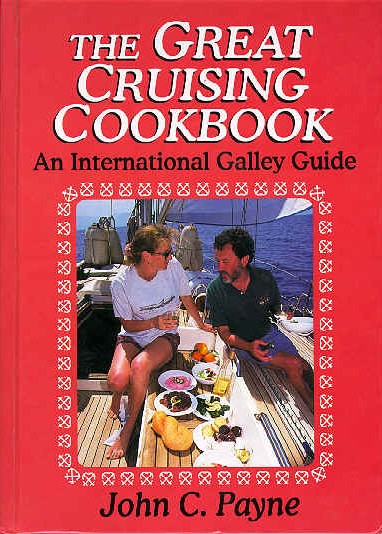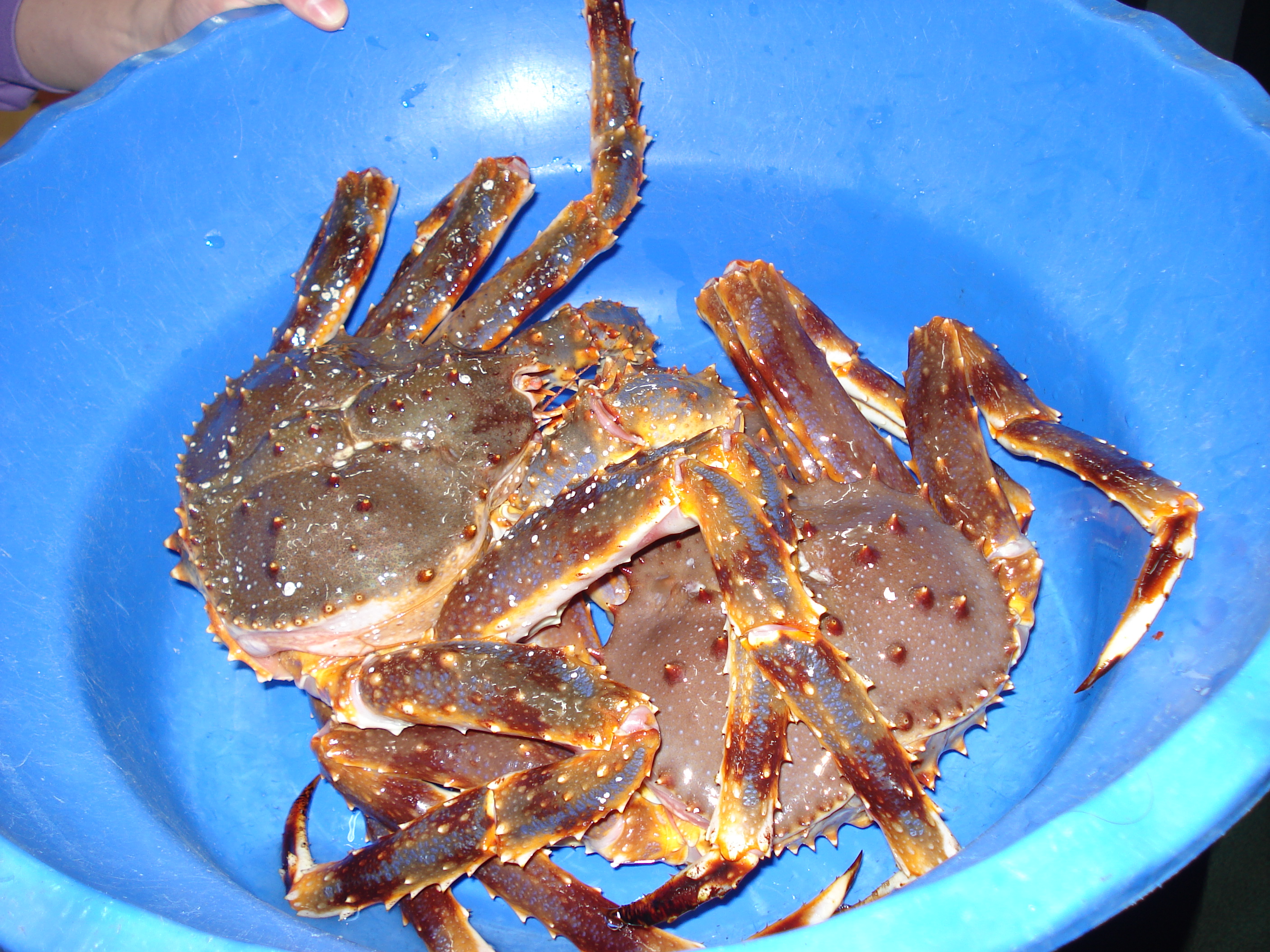How to Catch Crabs
How to catch crabs off your boat is very important to know and a skill worth developing. The crab is one of nature’s great treats and for me rates as king of the crustaceans and I personally think it is every bit as good as lobster and crayfish or even better. You can catch crabs most everywhere you can cruise. Absolutely delicious boiled and chilled, with rolls of crusty bread, there are some great ways to enhance the flavor and enjoyment. So many crab recipes and so little time.
Crabs are classed as decapods, which means they have 10 legs. Crabs also have a hard shell which is also called a carapace to protect them. Crabs walk sideways and they have eyes located on the end of two short stalks. There are a great many crab varieties to try, many prefer the mud crab and myself I prefer the sand varieties. I shall never forget a restaurant blackboard special on Spider Crab while visiting the Cornish port of Fowey in the UK, with a body larger than a dinner plate, Bliss! In other countries they are also called Cangrejo, Crabe, or Caranguejo.
How to Catch Mud Crabs
Given that most cruisers try to hide up an estuarine creek or tidal backwater, the mud crab is more commonly sought after near mangrove swamps and mudflats. Use fresh fish, fish frames from the last catch or a hunk of red meat in the pot. Set them in shallow intertidal waters in creeks, rivers and estuaries. Ideally set them close to the edges of mangroves. There are catch and size limits so make sure you check the local rules. They burrow the mud, and hide in mangrove roots and submerged tree roots. Crab pots or traps come in a variety of types including round, rrectangular, round or collapsible, just make sure they comply with state or local fishing regulations. Best baits include chicken carcasses, fish frames or a can of tuna with holes punched in them. The smell leaches out and they often last longer. Place your traps in deep tidal creeks or adjacent to mangroves and check the tides as crabs tend to move around on an incoming tide. Check your pots every couple of hours and know the regulations wherever you are. Size requirements vary around the world but typically if you use a template measuring tool you can get it right, 15 cm is the typical carapace width measurement. Some places require a license as well. Some places have mesh requirements as well. When you bring them aboard keep them alive until cooking time. Place them is a wet hessian bag and if they are a tad feral calm them down in the frig. Absolutely no females allowed. Some of this content is taken from my book The Great Cruising Cookbook available here.
How to Catch Sand Crabs
How to catch crabs such as catching sand crabs, the most popular way for sand crabs is to have a double hooped trap with a bait in the middle, in which they entrap or entangle themselves. You need bait clips to secure the bait pouch in the net. You need to have a measuring device to check they are of legal size. You need rope and a float and the float needs your details on it, name, contact number, boat name etc. Size requirements vary around the world but typically if you use a template measuring tool you can get it right. Check on local bag limits. Be very careful that you follow local laws for crabs, there are often catch limits, size limits (don't keep small, or undersize ones), no soft-shelled crabs and no females with attached roe. Do nature a favor, only capture and eat male crabs, leave the females to breed. Absolutely no females allowed.
How to Catch Crabs and Cook Them
Prior to cooking either kill them by inserting a knife between the base of the claws into the head region or put in a plastic bag and place in the freezer for 20 minutes and then spike them between the eyes. Boil up in salted or sea water and cook for approximately 10 minutes. You can boil them (takes around 15-20 minutes depending on the size). or steam them (takes around 10-20 minutes depending on the size). You can grill them after parboiling them first and some prefer to bake them also after parboiling them. Your choice but I mostly boil them and then pick the meat out and use in crab cakes and so on.
Curried Crab (Serves 4)
In my merchant marine seagoing days, we had either Indian or Bangladeshi crew. The best curried crab I ever tasted was up in Chittagong in Bangladesh. This comes part of the way towards that superb culinary memory as discussed with our ships cook Mizan.
4 Medium Crabs 3 tbsp Curry Powder
1 tsp lime rind, grated 1 medium onion, fine chopped
1 clove garlic, fine chopped 1 cup thick coconut milk
6 lime leaves 3 tbsp lemon rind, grated
2 red chilies, sliced 3 cups thin coconut milk
1. Clean, halve and crack crabs. Combine the curry paste, grated rind, onion and garlic in a bowl.
2. Heat the thick coconut milk in a frypan or wok until it goes oily.
3. Stir in the curry mixture and combine the flavors.
4. Add leaves, lemon grass, chilies and thin coconut milk.
5. Then add the crab pieces and simmer for 15 minutes.
This is a great dish so cook, enjoy and recook again. Curried crab is a great way to eat your crab catch.

